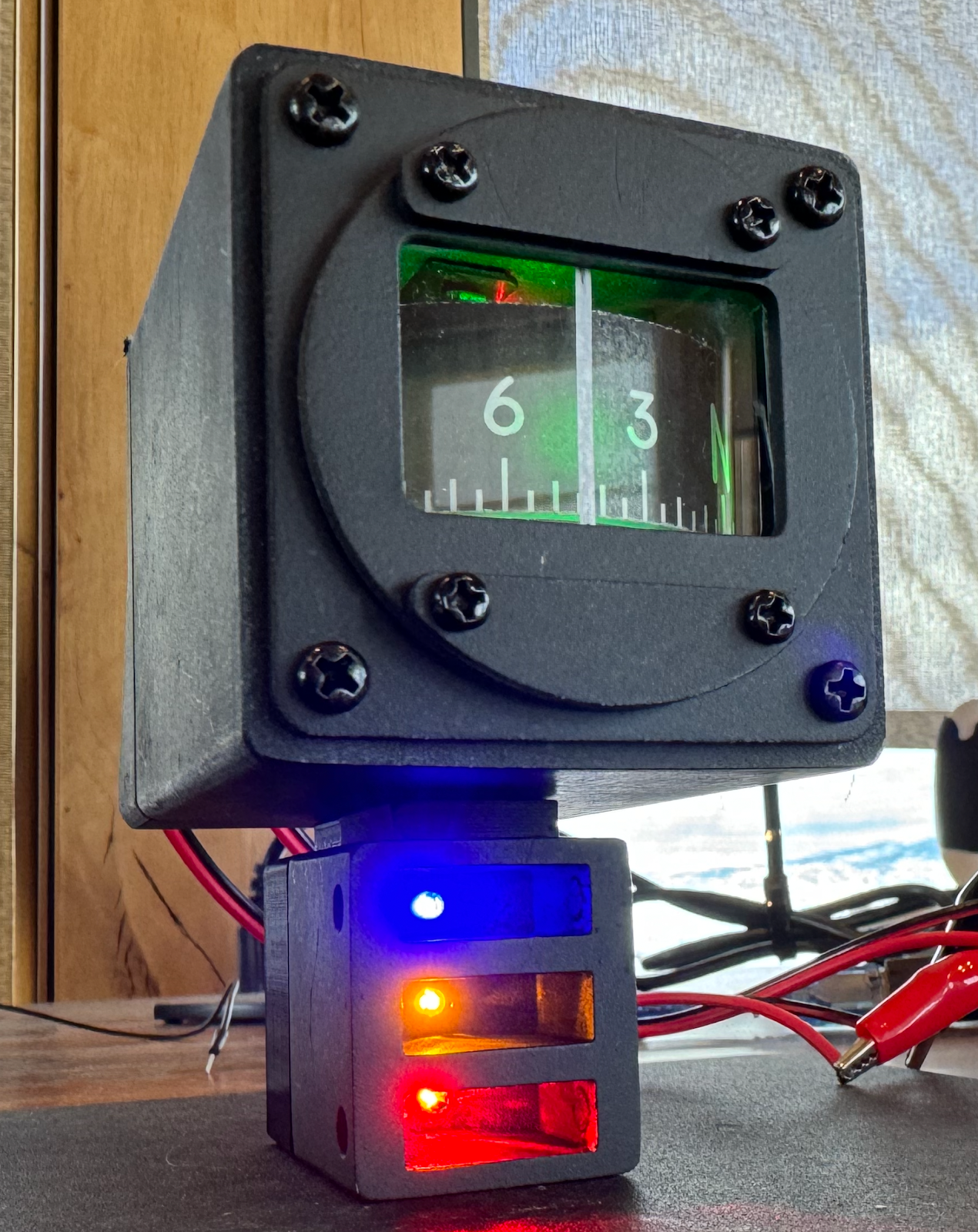Cirrus SR22 Turbo training - Day 2
Today was a great day – I had my first flight lesson in a Cirrus SR22, my favorite airplane. Even better, it's a Turbo model with all the bells and whistles – lots of electronics for the geek in me to sink my teeth into.
We spent the lesson doing airwork (stalls, steep turns, slow flight, etc.) and landings. It took 3.4 flight hours, but we got in 9 landings throughout the trip from Williamsburg to Petersburg to New Kent to Petersburg to Chesterfield and back to Williamsburg.
I felt the airplane handled really well. She climbs like a bandit and is fairly easy to land (at least in today's calm weather). On a few landings (where my approach was less than "stabilized") I had the stick pulled back to the stop (meaning "all the way") but found that I didn't really need to pull back further than that. That did make an impression on me that getting the center of gravity right when loading the airplane is important. Too far forward could cause issues in the flare.
My arm/hand was tired after all the airwork. Hand flying with an often-out-of-trim airplane takes effort. I tried to keep the trim matching the maneuvers but when you are going through a lot of different tasks quickly it can be tough to keep it trimmed 100% of the time. I did feel that the trim switch was tough to use – I tended to over-trim. I found that if I did what I thought was a half-push on the coolie hat it seemed to work better. Too bad there's no pilot-adjustable sensitivity for that. I read on a Columbia forum that the Cirrus G3 models have turned down the speed on the trim switch.
As with any plane I've flown, the quality of the approach typically dictates the quality of the touchdown. When I made good approaches down to the runway (nailed the airspeed, made minimal power changes) the plane would all but land itself.
The Turbo Cirrus will really slow down when you pull the power back. I hear that is due to the big prop out front – it's like an airbrake when the power is pulled off. That's nice for me (coming from C172s) as I can slowdown nearly as quickly as I could in the draggy Cessna. However, when I fly the normally aspirated SR22 I will need to do a better job about slowing down before getting in the pattern. I slowed down early during today's lesson but it will be more important to do that correctly in the non-Turbo.
Next steps are a series of cross-country flights with IFR approaches. That will serve a few good purposes: get me IFR current again, teach me how to fly the SR22 in an approach (speeds, power settings, GPS details, etc.), and lastly, teach me the automation. I have a good number of hours with the 2-axis King autopilot in the C172R, and the 55X in the SR22 is not much different. Hopefully those skills will transfer well, we'll see!
We spent the lesson doing airwork (stalls, steep turns, slow flight, etc.) and landings. It took 3.4 flight hours, but we got in 9 landings throughout the trip from Williamsburg to Petersburg to New Kent to Petersburg to Chesterfield and back to Williamsburg.
I felt the airplane handled really well. She climbs like a bandit and is fairly easy to land (at least in today's calm weather). On a few landings (where my approach was less than "stabilized") I had the stick pulled back to the stop (meaning "all the way") but found that I didn't really need to pull back further than that. That did make an impression on me that getting the center of gravity right when loading the airplane is important. Too far forward could cause issues in the flare.
My arm/hand was tired after all the airwork. Hand flying with an often-out-of-trim airplane takes effort. I tried to keep the trim matching the maneuvers but when you are going through a lot of different tasks quickly it can be tough to keep it trimmed 100% of the time. I did feel that the trim switch was tough to use – I tended to over-trim. I found that if I did what I thought was a half-push on the coolie hat it seemed to work better. Too bad there's no pilot-adjustable sensitivity for that. I read on a Columbia forum that the Cirrus G3 models have turned down the speed on the trim switch.
As with any plane I've flown, the quality of the approach typically dictates the quality of the touchdown. When I made good approaches down to the runway (nailed the airspeed, made minimal power changes) the plane would all but land itself.
The Turbo Cirrus will really slow down when you pull the power back. I hear that is due to the big prop out front – it's like an airbrake when the power is pulled off. That's nice for me (coming from C172s) as I can slowdown nearly as quickly as I could in the draggy Cessna. However, when I fly the normally aspirated SR22 I will need to do a better job about slowing down before getting in the pattern. I slowed down early during today's lesson but it will be more important to do that correctly in the non-Turbo.
Next steps are a series of cross-country flights with IFR approaches. That will serve a few good purposes: get me IFR current again, teach me how to fly the SR22 in an approach (speeds, power settings, GPS details, etc.), and lastly, teach me the automation. I have a good number of hours with the 2-axis King autopilot in the C172R, and the 55X in the SR22 is not much different. Hopefully those skills will transfer well, we'll see!



Comments